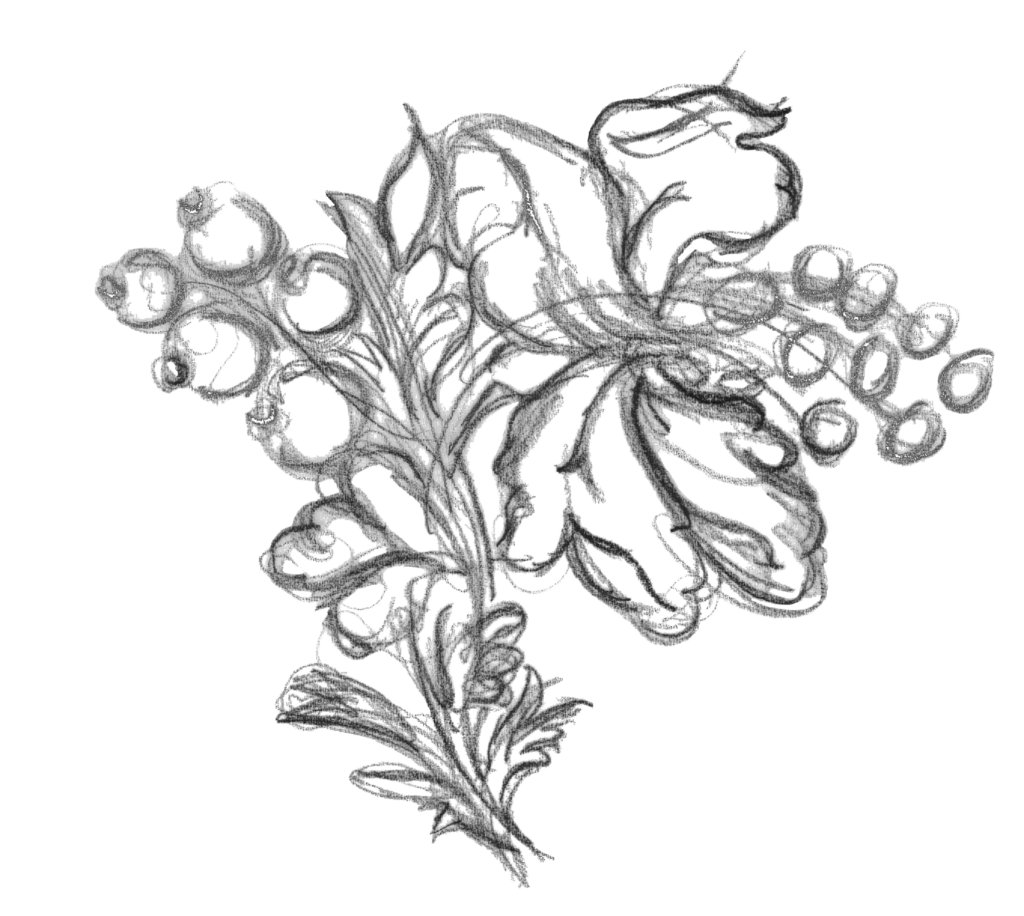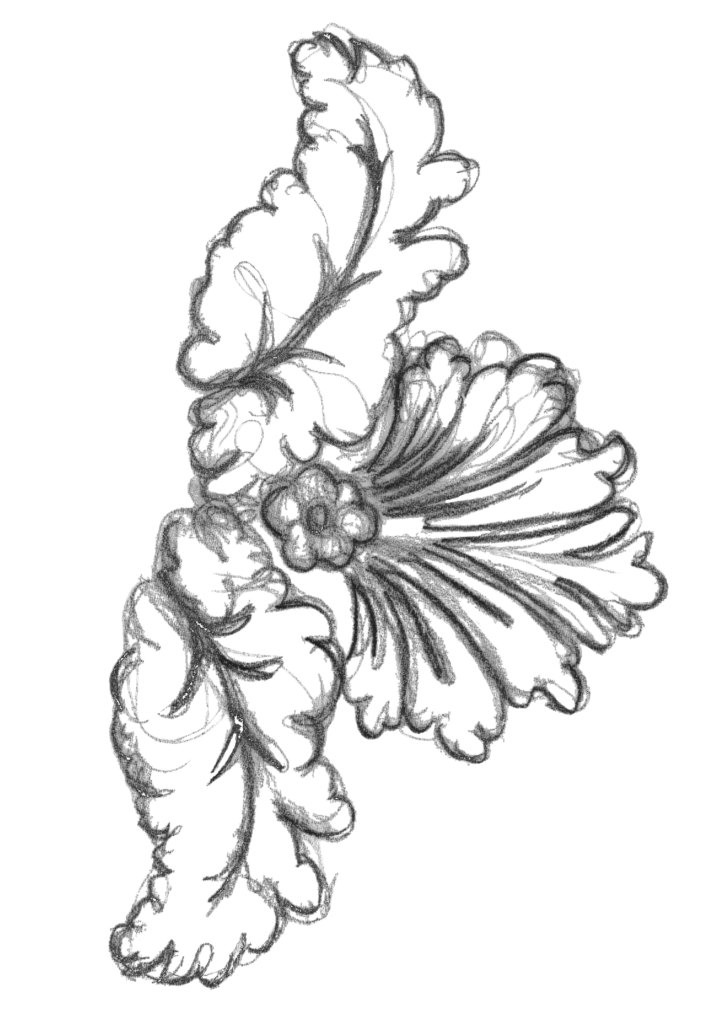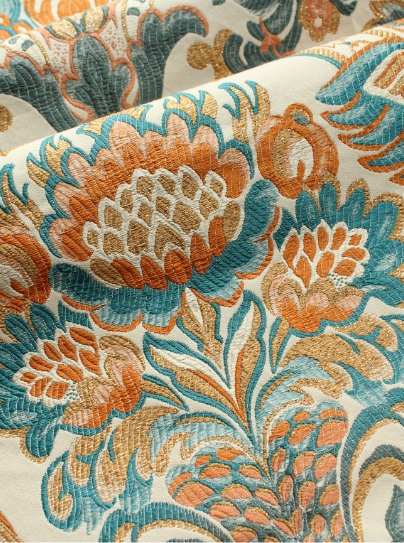The Real Game of Thrones
When it comes to making an impression with a piece of furniture, there can be nothing more impressive or perhaps “over the top” than a Throne.
Here we take a look at some the grandest seats Humphries Weaving have been tasked with weaving upholstery fabric for, which feature our royal silk and velvet fabrics.
Read about other fabrics we have woven for Royal Residences
The use of a throne is inherited from the time of the ‘State bed’, which was a canopied bed in use until the late 17th Century. The state bed was the place for sovereigns to conduct official matters of the day and converse with their most trusted advisers.
In most Royal Palaces and buildings of state throughout the world there is a ceremonial Throne. This usually has a grand canopy above and is often accompanied by some stools or chairs of a lesser status. This is seen at Hampton Court Palace where the Canopy is suspended over the Royal throne with its two matching stools. When the great fire took hold at the Palace in 1986 it was feared that the Throne and Canopy would be lost but thankfully the contents were saved. On the Canopy was the original royal silk damask from the 17th Century of Italian pattern and splendour. This document of finely woven crimson silk damask was still intact and from it Humphries Weaving were able to retrace the intricacies of the pattern to produce a historically accurate reproduction.
The narrow width structure was originally draw loom woven and the length of the repeat reveals the high status and speciality of the weaving of the period. The crimson shade found in the most hidden of seams revealed the true Majesty of the colour once seen. The Canopy today still shows the amazing original cloth but our task was to recreate the back drop to the throne and stools, as well as the new furniture coverings.
Whilst the King’s throne at Hampton Court Palace may have been covered in rich silk damask, other thrones feature ‘The Cloth of Kings’ hand cut plain silk velvet. This finely woven cloth with a pile of pure silk has sumptuousness beyond compare. Today velvet is an easy cloth to manufacture on high speed looms and therefore the opulence of velvet curtains, upholstery and even dress wear is on offer at a much more attainable price. However, at the time of the original weaving it was only the richest of purchasers that could afford this luxury. It is interesting to look at our nations weaving history and realise that until the arrival of the Huguenots, sometime after 1685, we had little if any knowledge of the technical process.
The Weaving of hand cut velvet is highly demanding, tedious and technically difficult but the finished effect, texture and feel commands high regard from both the recipient of the cloth and its maker. Velvet and thrones go hand in hand and the Royal Collection has one to show at Buckingham Palace. Whilst the walls and window drapes in the State Throne Room are of silk damask, the Throne itself and Canopy feature plain crimson velvet.
When the State Opening of Parliament plays host to Her Majesty the Queen, the Royal Throne is used. It bears the Royal Insignia heavily embroidered onto pure silk crimson Velvet. In Whitehall the Banqueting Halls only furniture is a throne beneath a canopy, both in plain crimson velvet. Perhaps the most controversial Royal throne in the Royal Collection is the Throne of India’s Maharajah of Travancore. Given to Queen Victoria in 1851 this intricate throne of ivory has become one with a question mark over its future due to the use of the now prohibited material. The upholstery on this throne is also of pure silk hand cut plain velvet in Windsor Green, which is the same shade of velvet that features on gilt furniture in the Kings Drawing Room at Windsor Castle.







